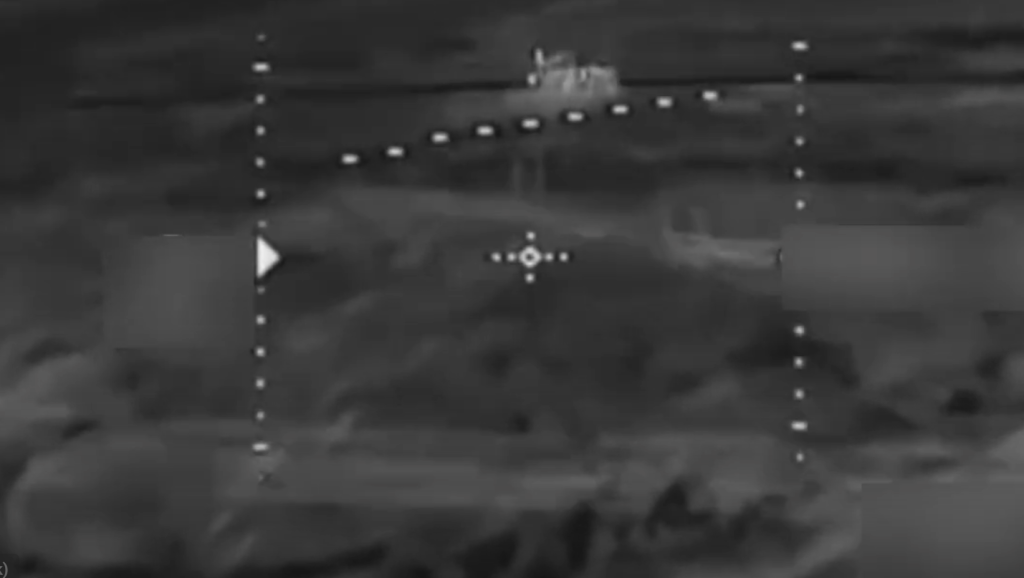The Pantsir-S1 systems are valued at $13-14 million.
Others are reading now
The role of drones in military strategy has evolved dramatically in recent years, transforming how nations approach conflict.
These unmanned systems, initially used for surveillance and reconnaissance, are now central to offensive and defensive operations.
With their precision, adaptability, and relatively low cost, drones have become a powerful tool in modern warfare, changing the dynamics of the battlefield.
Also read
Minus Two Pantsirs
In the ongoing war in Ukraine, drones have become a symbol of innovation and resistance.
Ukrainian forces have effectively employed these unmanned aerial vehicles (UAVs) to counteract a larger, more traditional military power, according to Digi24.
Recently, Ukrainian naval units destroyed two Russian Pantsir-S1 air defense systems in the Kherson region, highlighting the pivotal role drones play in this conflict.
Vice Admiral Oleksii Neizhpapa, commander of Ukraine’s navy, shared a video of the strike and stated:
“Minus two Pantsir in the Kherson region. Our soldiers continue to turn Russian equipment into scrap metal.”
This direct acknowledgment underscores the morale boost these successes bring to Ukrainian forces and the symbolic importance of each victory.
The Pantsir-S1 systems, valued at $13-14 million each, are designed to counter aerial threats such as drones, aircraft, and missiles.
Despite their advanced capabilities, these systems were no match for the precision strikes delivered by Ukrainian drones.
Their destruction marks a significant blow to Russia’s defensive strategies and highlights the evolving challenges faced by conventional military hardware.
Ukraine has used drones not only to strike targets but also to gather intelligence and disrupt enemy operations.
According to Ukrainian officials, dozens of successful drone operations were carried out last year, targeting around 50 Russian military installations, including in Crimea.


